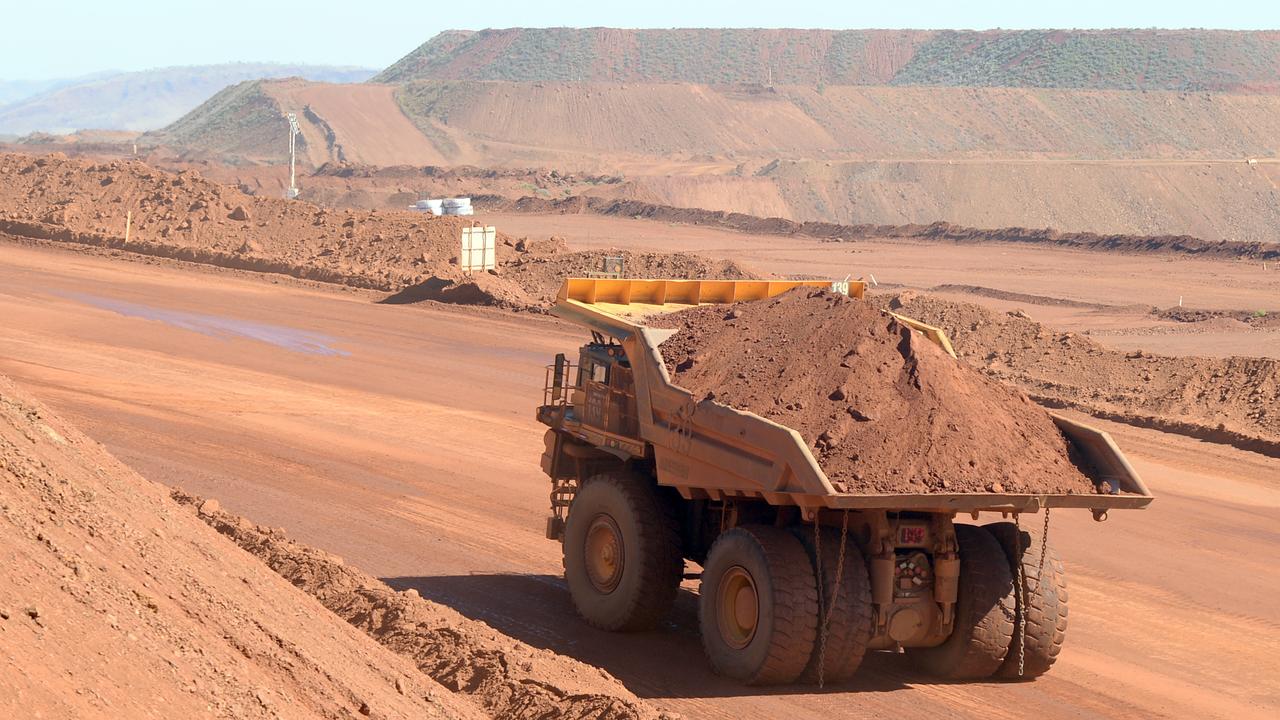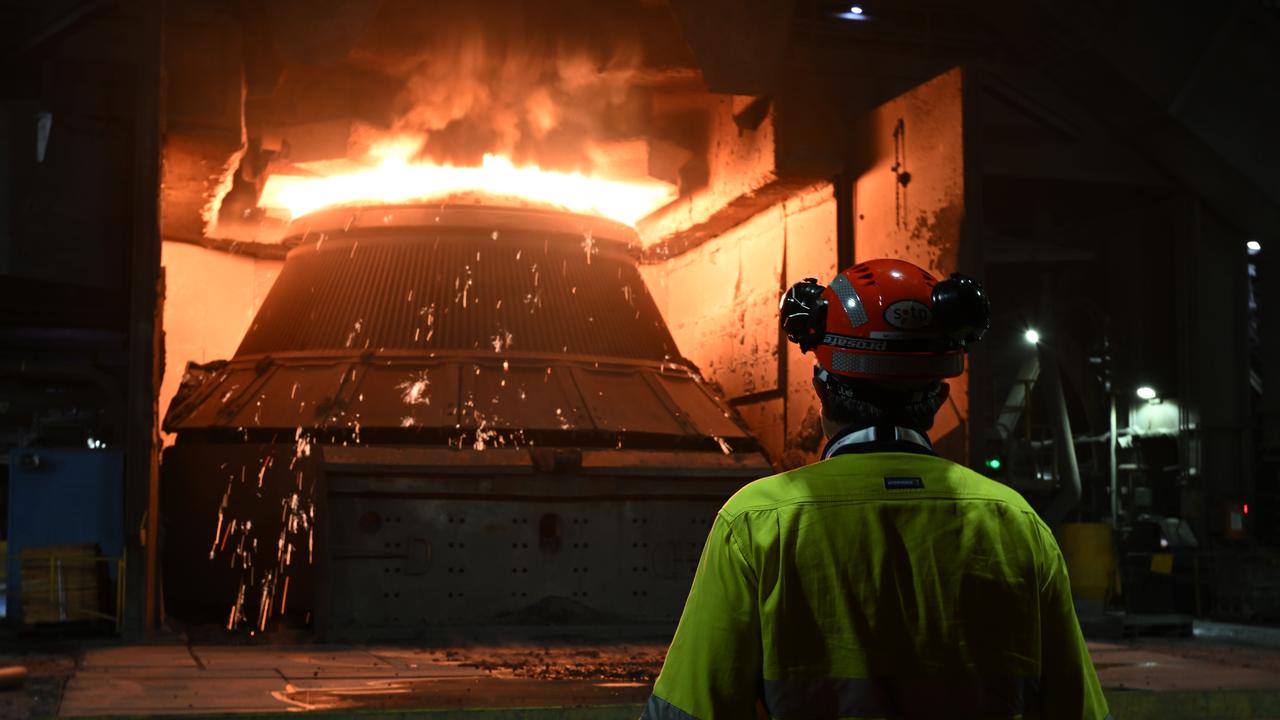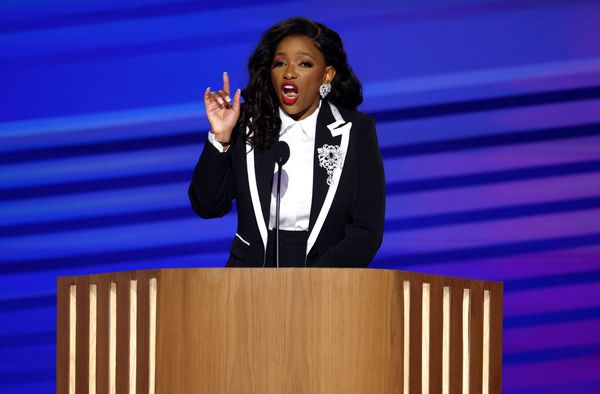
Australian exporters, investors and governments need to urgently prepare for a global shift in metal and mineral demand, or risk losing a multibillion-dollar industry.
Experts in climate change, mining and foreign trade issued the warning at an Australian National University event in Canberra on Wednesday, which heard demand for some of Australia's biggest exports was expected to plunge by 2050.
Private investment, policy changes and deals with southeast Asian trading partners could prevent the downfall, they said, and represented a significant financial opportunity.
The warnings come two weeks after the federal government released its 2035 emissions reduction target and after a report by The Superpower Institute found Australia could triple its iron ore export revenue by 2060 by shifting to green iron.

Australia is the world's largest iron ore producer and is expected to generate $116 billion this financial year in export revenue.
That figure is expected to drop to $105 billion the following year, and Climate Change Authority deputy chief executive Eliza Murray told the conference demand for fossil fuels would keep falling.
"For coal, the projection is (for it to drop) around 70 per cent by 2050 and for gas and oil it's about 40 per cent by 2050," she said.
"That's something we're going to have to adjust to regardless of Australia's domestic emissions if other countries are on track to reduce theirs."
Green iron, which is made using renewable energy resources such as green hydrogen, solar and wind power, has the potential to cut 90 per cent of emissions from the steelmaking process and is in high demand by countries looking to cut emissions.
While falling demand for iron ore represented a risk to the nation's revenue, Ms Murray said it could also deliver an opportunity if the nation changed course.
"Australia is more than just a quarry," she said.
"We can be the world's clean energy workshop. We can be the exporter of solutions."

Large investments would need to be made to produce green metals and capture the opportunity, Australian Sustainable Finance Institute sustainability standards executive manager Nicole Yazbek-Martin said, as government funding would not be enough to establish the change.
"Private capital is going to do the majority of the heavy lifting when it comes to mobilising capital to commercialise our new industries," she said.
"Government expenditure is increasingly going to be split, not only in terms of trying to support economies to transition but also importantly to deal with the impacts of climate change."
Australia would also need to secure its relationships with current trade partners, such as China, Japan and South Korea, Ms Yazbek-Martin said, as well as sign deals with emerging markets in south-east Asia that would look to decarbonise in the coming decades.
"We all understand and realise the vulnerability of our current export profile," she said.
"We are going to get to a point where we need to be shoring up new export industries."
Australia had the skills, workforce and infrastructure to make the transition to green metals, Foreign Affairs and Trade energy diversification director Carmela Pavlic Searle said, which could be more of an evolution than a revolution.
"We have an abundance of high-quality resources, a skilled labour force, sustainable policy environment and enormous renewable energy potential and... Australia has the capacity to innovate," she said.







